As the United States and its major wireless network operators continue their march toward a national rollout of fully-optimized 5G network services, talk has intensified around the critical nature that C-Band, or mid-band, frequencies will play in elevating 5G to its full promise.
5G, or the fifth generation of wireless technology, will be a game-changer for both individual consumers and enterprise customers, reducing latency to virtually zero and allowing for a 10x increase in capacity and a 100x increase in speed over 4G standards. For the individual user, that means the ability to download a movie in a matter of seconds, but for business, it means unlocking an entirely new realm of connected devices, automation, artificial intelligence, and augmented reality.
Carriers have more flexibility in how they deliver 5G versus the more restrictive predecessor that is 4G. However, two things remain true for 5G to provide a better experience than 4G: (1) it requires a dedicated channel of 50MHz or wider, and (2) to blanket large, dense metropolitan areas, it needs a frequency less than 6GHz.
5G can run on three different kinds of frequencies – low-band, mid-band (C-Band), and high-band (millimeter wave) – and each has its unique advantages and disadvantages.
- Low-band operates at a lower frequency (less than 2GHz), meaning it travels greater distances and can navigate density at great efficiency. However, there aren’t many channels with a suitable width available for 5G.
- High-band, or millimeter wave, operates at frequencies between 20-100GHz, meaning it’s fast. Really fast. However, those wavelengths travel very short distances, meaning deployment in major cities requires significantly more antennas to manage the density challenge.
- C-Band occupies the “sweet spot” of 5G frequencies (3.7-3.98GHz), and its disadvantage was previously a lack of access to it. However, that hurdle was cleared in February 2021 by FCC Auction 107, which opened up the C-Band frequencies to American carriers and they will be available for operation in late 2021.
Verizon and AT&T, which spent a combined $68.85B of the $81.11B total in FCC Auction 107, are expected to be among the first carriers to deploy 5G networks utilizing the C-Band spectrum. The deployments will initially target general coverage in and around major metropolitan areas where the spectrum is available. Upgrades will be made to both macro and small cell sites, and in infrastructure serving high priority or high volume indoor venues.
The extent of the upgrades at each location will vary depending on the capabilities of the existing infrastructure. In most cases, the cell site radio will need to be upgraded. However upgrades could also include increasing the size of the backhaul circuit, new antennas or RF passive components to support the new frequency band, and support systems like power plants.
In indoor applications where distributed antenna systems are utilized, these systems also need to be upgraded. Distributed antenna systems (DAS) upgrades will likely include new interface modules and the associated splitters or combiners tuned for C-Band frequencies in the head-end, and upgrades to remotes and antennas throughout the served areas of the network. In some cases, there will be physical upgrades that need to take place. However, some DAS products have software-defined elements, and reconfiguring the network to support the new C-Band frequencies can be performed remotely.
Major network upgrades such as adding support for the C-Band require skilled installers with the appropriate OEM C-Band solution knowledge, a thorough understanding of the 5G network architecture, and those who are proficient at 5G NR network performance. Pierson Wireless meets these criteria. If you would like to learn more about how we can help upgrade your network to support C-Band capabilities, please contact info@piersonwireless.com.


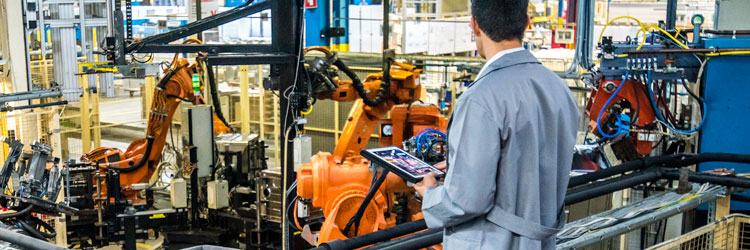

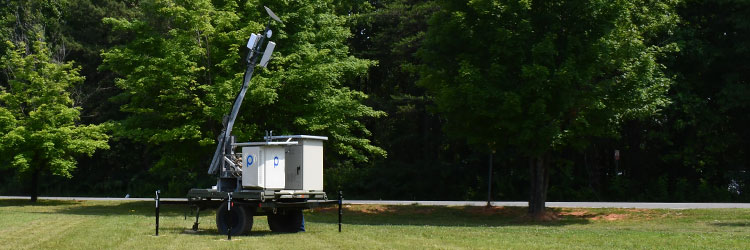





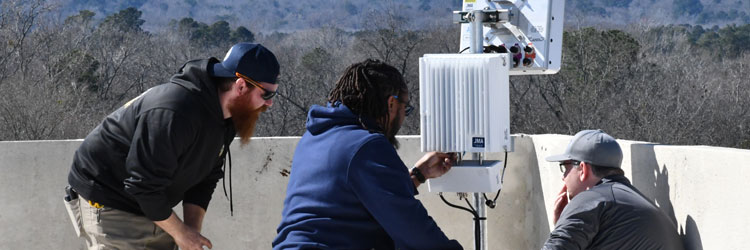



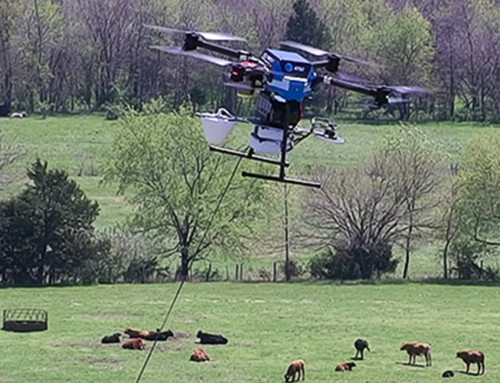
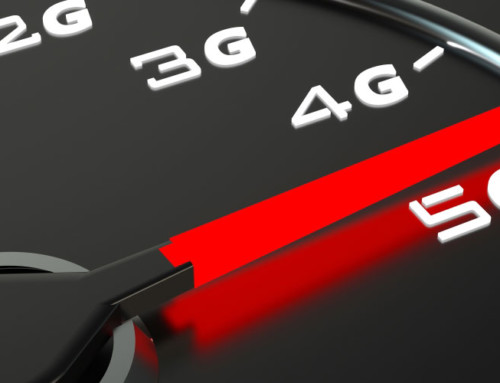


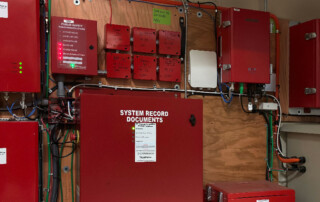
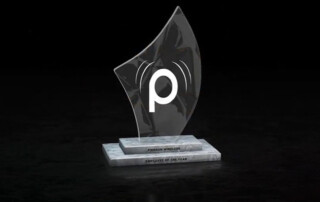
Leave A Comment